CEO Discusses How The Stellantis Is Dealing With Issues Moving Towards Electrification
"In 10 years, the energy storage density in EV batteries will double," CEO states...
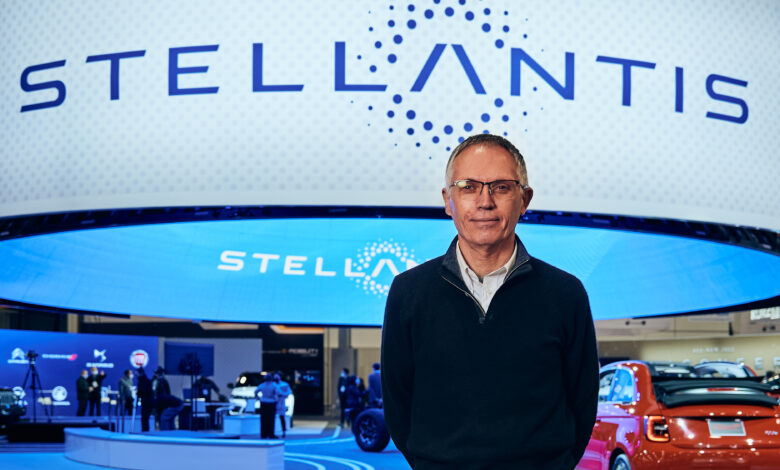
The move towards electrification in the automotive industry remains a hot topic. Here in North America, most of the people we have talked to over the past year are skeptical about the transition. The ever-growing cost of purchasing a battery-electric vehicle (BEV), a lack of solid fast-charging infrastructure, long charging times, and lackluster range from most of the vehicles on the market today have been the focus of most of the concerns.
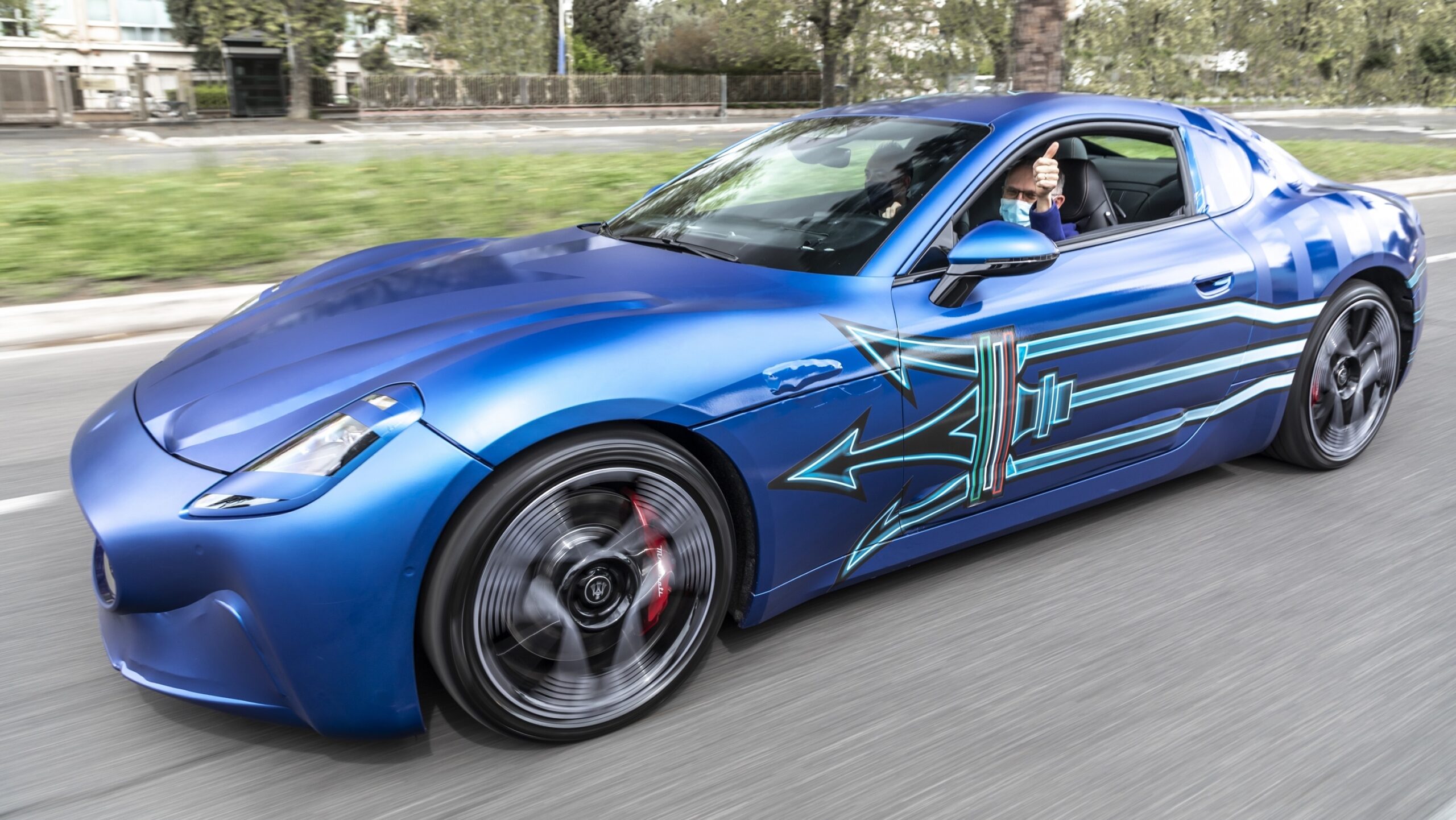
Stellantis CEO Carlos Tavares has been very vocal about his concerns about moving forward with electrification. In several interviews, the CEO has expressed concern about various governments pushing the transition to electric vehicles (EVs) too quickly, the major cost difference for both the consumer and automakers for the creation of EVs, as well as, the need for governments to back huge incentives for both consumers and automakers to make the switch and makes these vehicles more affordable and more accessible.
During a Maserati roundtable event alongside Maserati CEO, Davide Grasso, Tavares expressed his opinion about the current growth of EV batteries. “In 10 years, the energy storage density in EV batteries will double,” he exclaimed. He sighted that as the industry is pushing forward with its electrification plans, technical advances will result in smaller, more-efficient battery packs, capable of doubling battery energy density.
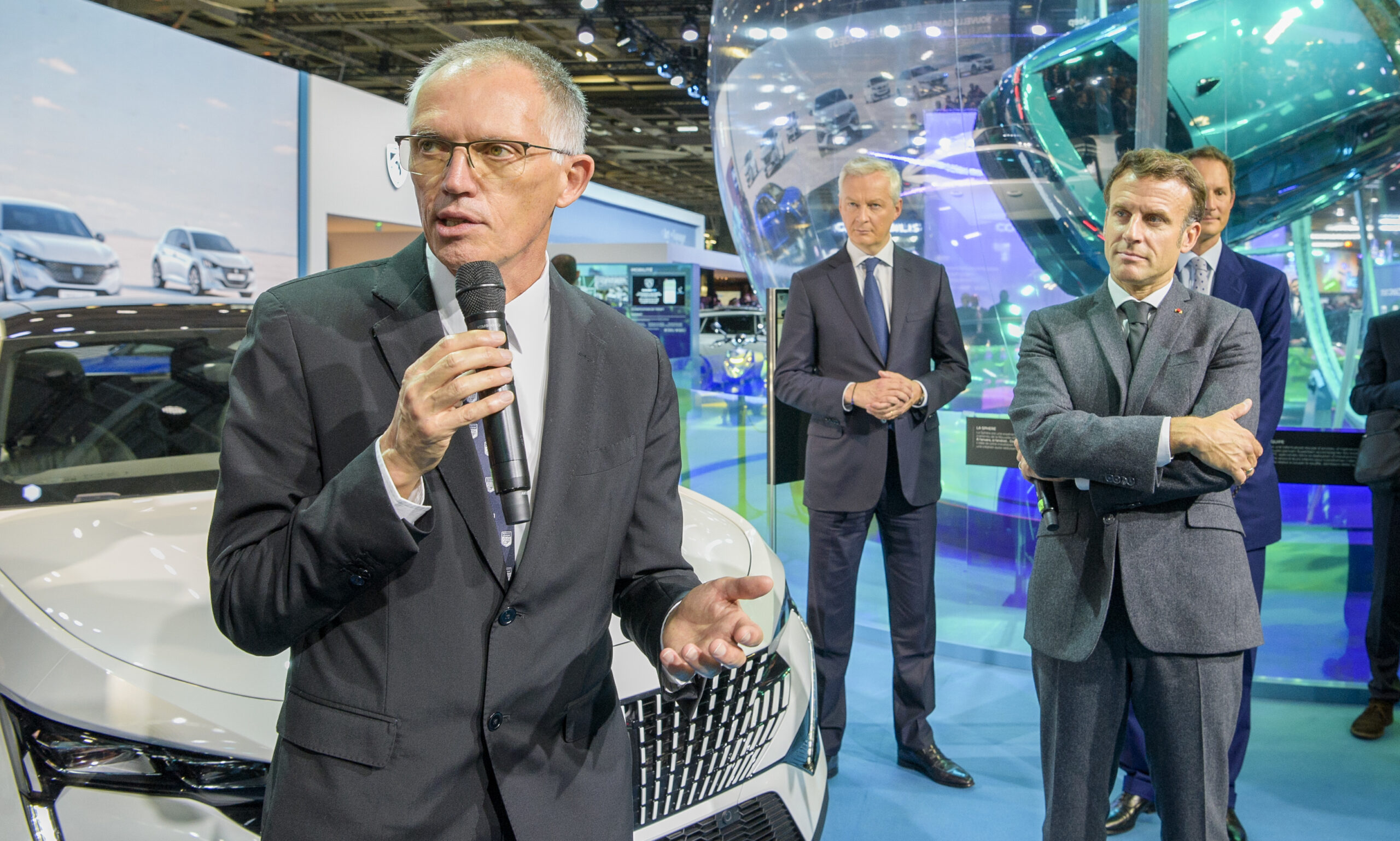
“The next big thing is going to be reducing the weight and increasing power density, while also increasing range and decreasing the time to charge,” he went on to say. “We won’t see that in the current generation EVs, but it’s coming,” he concluded.
Coming from someone who has been so outspoken about the switch, offers some promise as the industry is rushing to deliver on what seems like far-fetched promises given by various automakers.
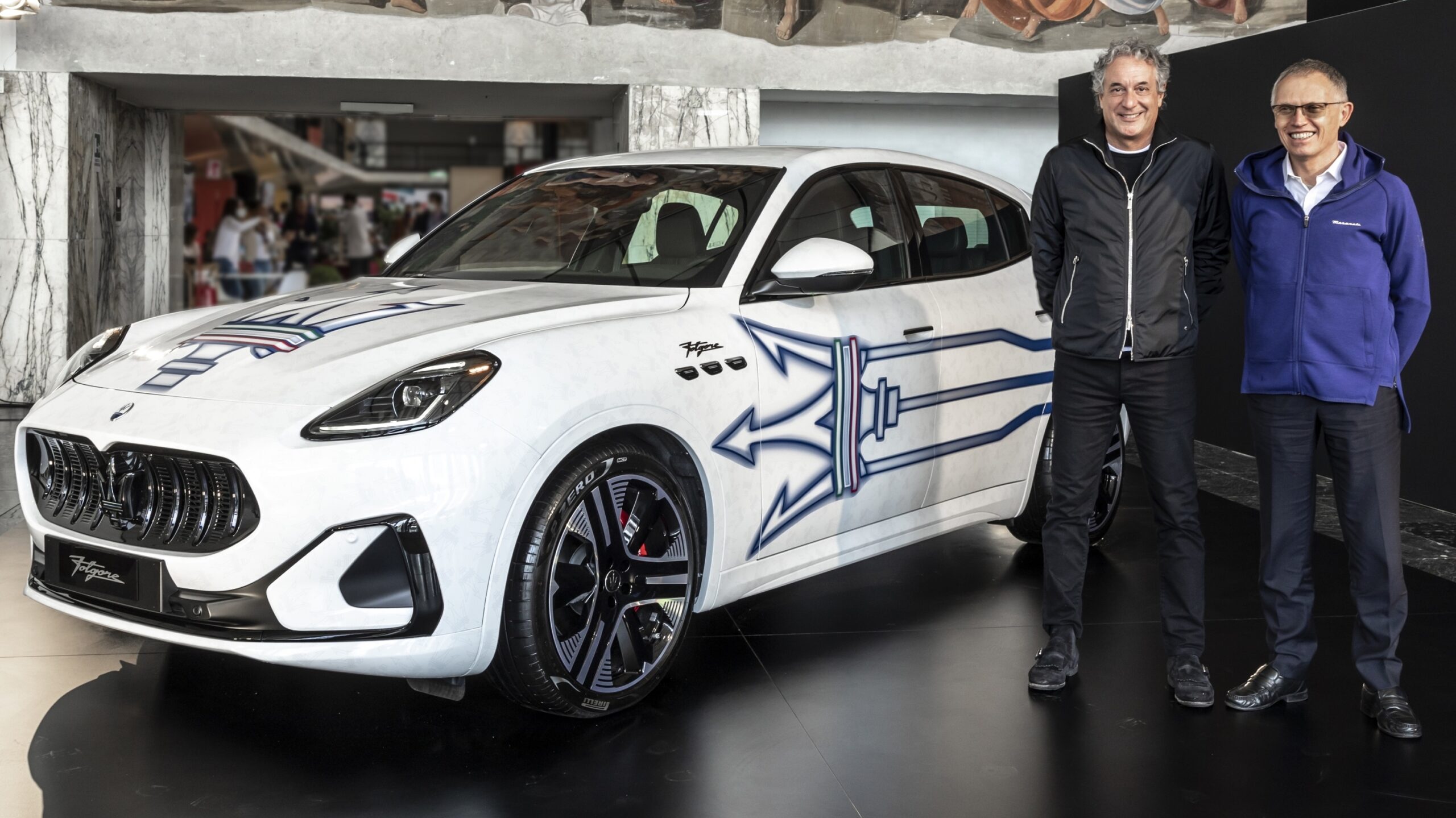
Tavares then spoke about the need for automakers to do everything they can to provide their customers with access to various charging networks. But the CEO wasn’t very talkative about if the automaker would embrace the possibility to adopt a way to allow its EVs to charge on Tesla’s Supercharger network. “Any responsible carmaker will avoid by any means necessary putting his or her company at the dependence of a competitor,” Tavares briefly commented.
Currently, most of the automotive industry has embraced the Society of Automotive Engineers (SAE)-backed combined charging system (CCS) for both Level 2 and Level 4 charging. Since Tesla uses its own charging system for its extensive Supercharger network, the industry would either have to abandon the CCS system in favor of the Tesla one or deliver vehicles with dual charging ports.
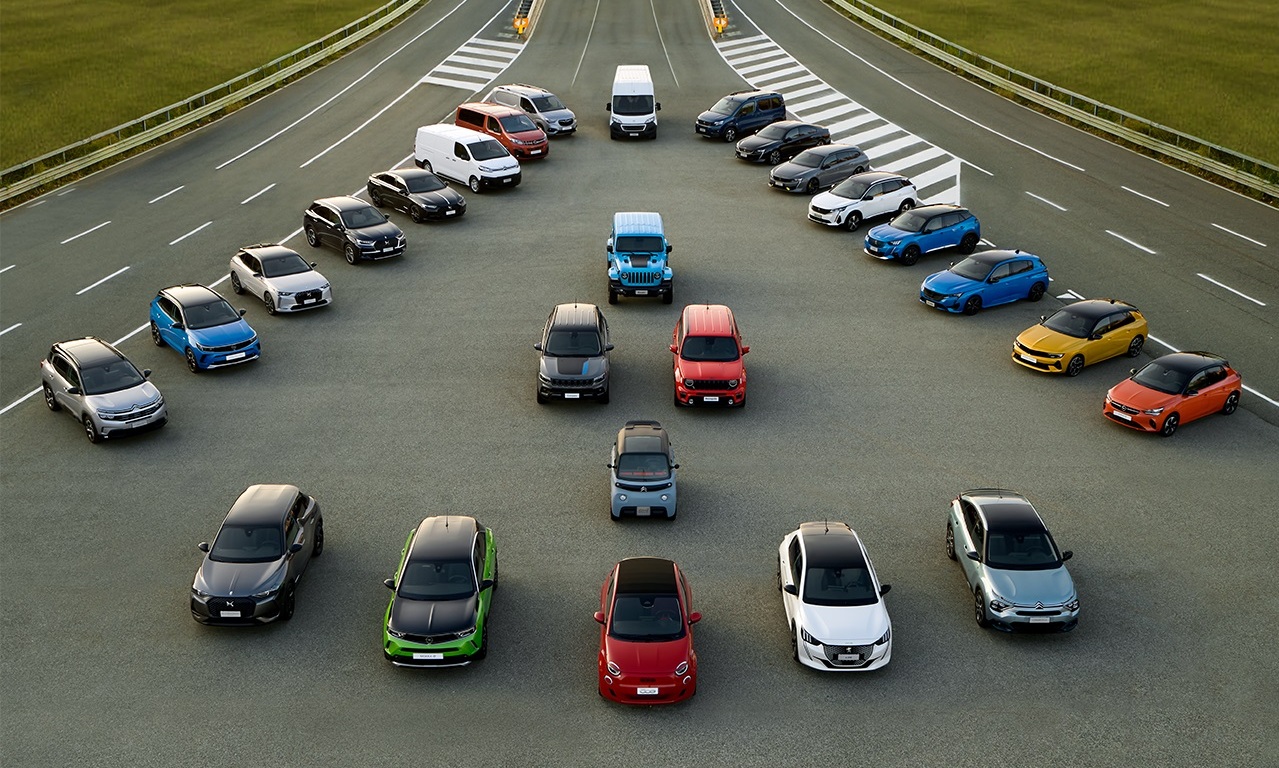
Stellantis’ Dare Forward 2030 presentation, expresses that the automaker will offer 75 new EVs from 2022 to 2030. The company says that it expects sales for the European market will be 100% BEV by 2030, while the U.S. market should be around 50% during that same time. It also states that it expects that at that time, it will sell more than 5 million BEVs globally.

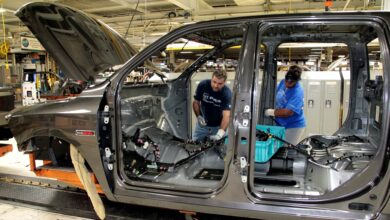

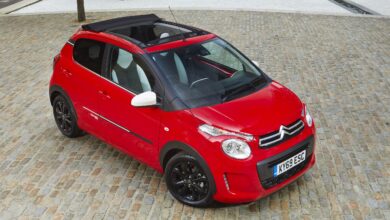
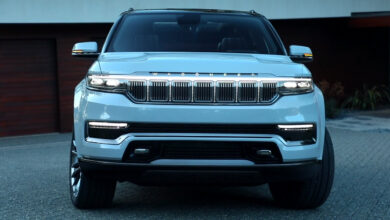
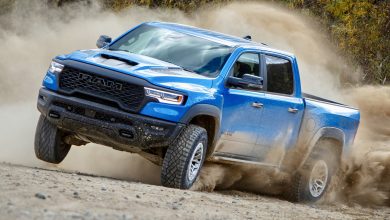
11 replies
Loading new replies...
Join the full discussion at the Mopar Insiders Forum →